Monotype and Google collaborate on multi-language font family
The Google Noto family of typefaces has been designed to work across all languages and scripts – alive and dead – and different devices.

Monotype and Google have collaborated on a new digital typeface, which has been designed to work across different languages and on any device.
The Google Noto typeface is the result of a five-year collaboration and has resulted in the creation of a typeface family encompassing all written languages and scripts – including rarely spoken and dead languages.
One of the main goals is to help enable global communications across borders, languages and cultures, according to Monotype.
More than 800 languages
Google Noto covers more than 800 languages and 100 written scripts, and includes letters in multiple serif and sans serif across up to eight weights as well as numbers, emoji, symbols, and musical notation.
When a computer is unable to display a font it displays blank boxes instead. These are colloquially known as “tofu”. The name Noto is taken form Google’s goal of having “no more tofu”.
One of the hopes is that the typefaces will allow cultures to communicate digitally, where they haven’t been able to previously.
The Tibetan language is one of these. Libraries of writings and source material were accessed in an intensive research stage before the help of a Buddhist monastery was sought, to critique the font and make adjustments.
The monks, who have studied many Tibetan manuscripts, were “ideal experts” to help evaluate Noto Tibetan, according to Monotype.
“Keeping information alive”
Google director of internationalism Bob Jung says: “Our goal for Noto has been to create fonts for our devices, but we’re also very interested in keeping information alive.
“When it comes to some of these lesser-used languages, or even the purely academic or dead languages, we think it’s really important to preserve them. Without the digital capability of Noto, it’s much more difficult to preserve that cultural resource.”
Monotype has researched and digitally designed the characters, writing systems and alphabets for each Noto typeface, applying the rules and idiosyncrasies for individual languages to the fonts.
New scripts still being added
External designers and linguistic experts were also consulted in the process, managed by Monotype, which says hundreds of designers, linguists, cultural experts and project managers have worked on the project and it is still ongoing.
New scripts are still being added to the Unicode Standard – a character coding system that defines the characters and languages that can be displayed and used within a computer coding system.
Monotype linguistic typographer Kamal Mansour says: “The aim of the Noto project is to provide digital representation to all the scripts in the Unicode Standard. That in particular is something that many different language communities could not afford to do on their own.”
Google funded the project, worked on strategy, helped with design direction for major languages, and contributed design review and technical testing resources.
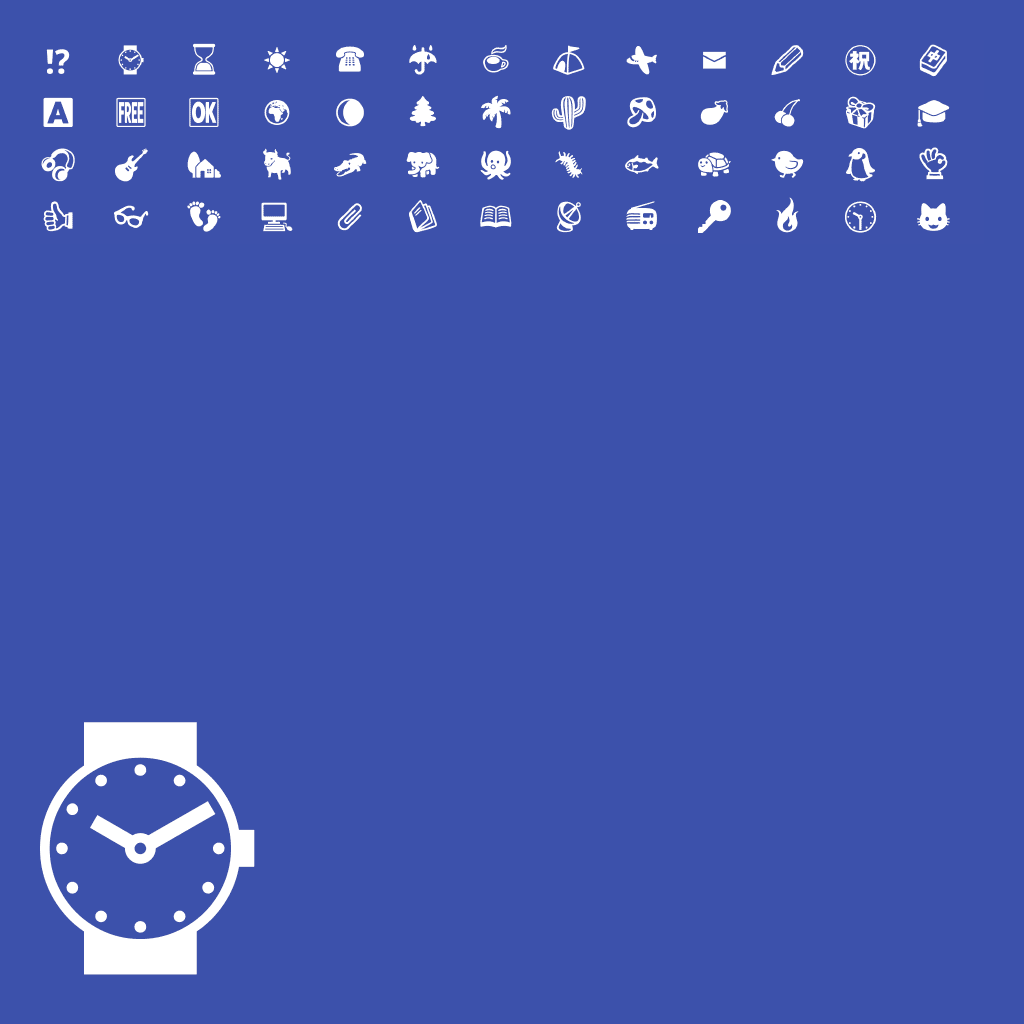


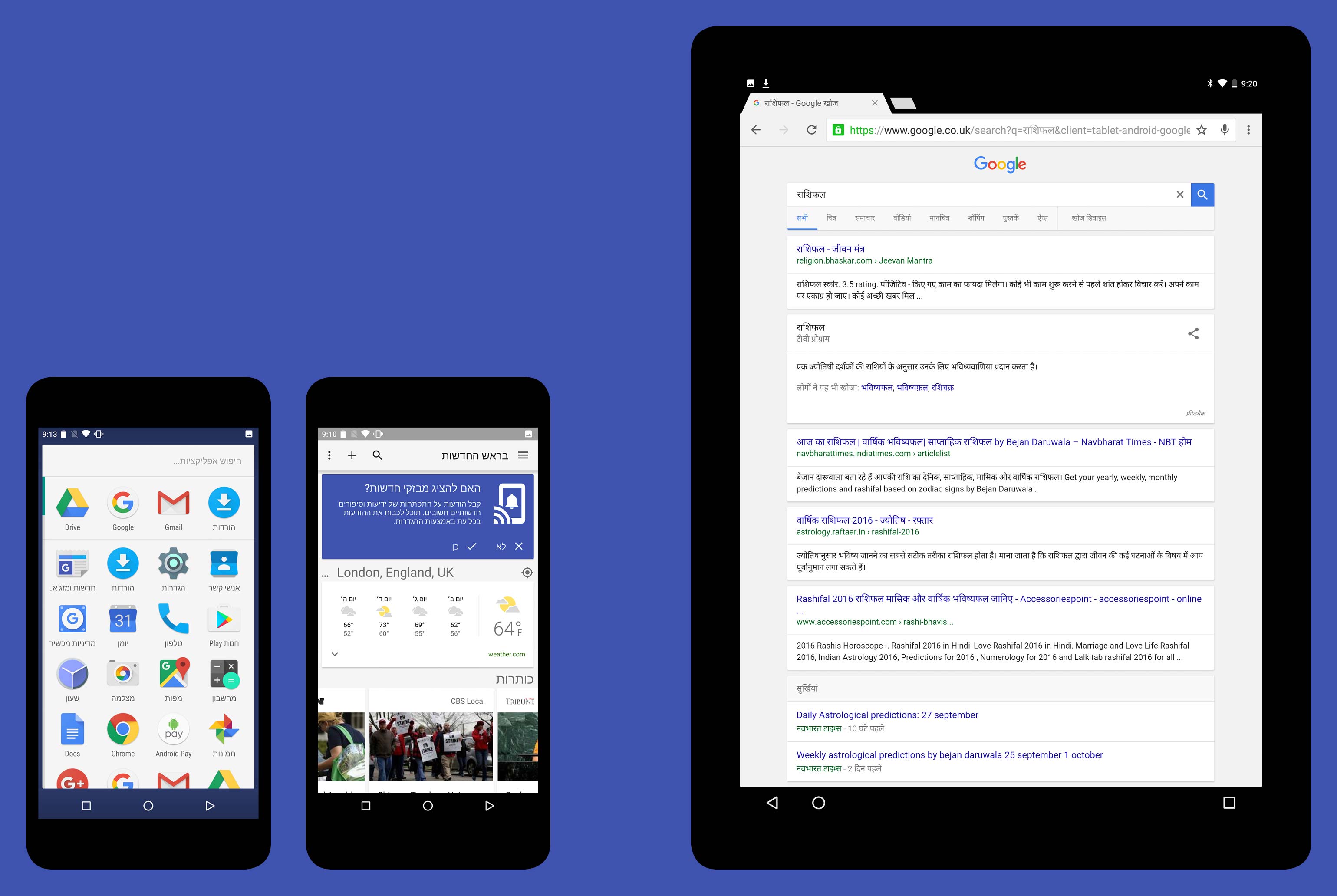
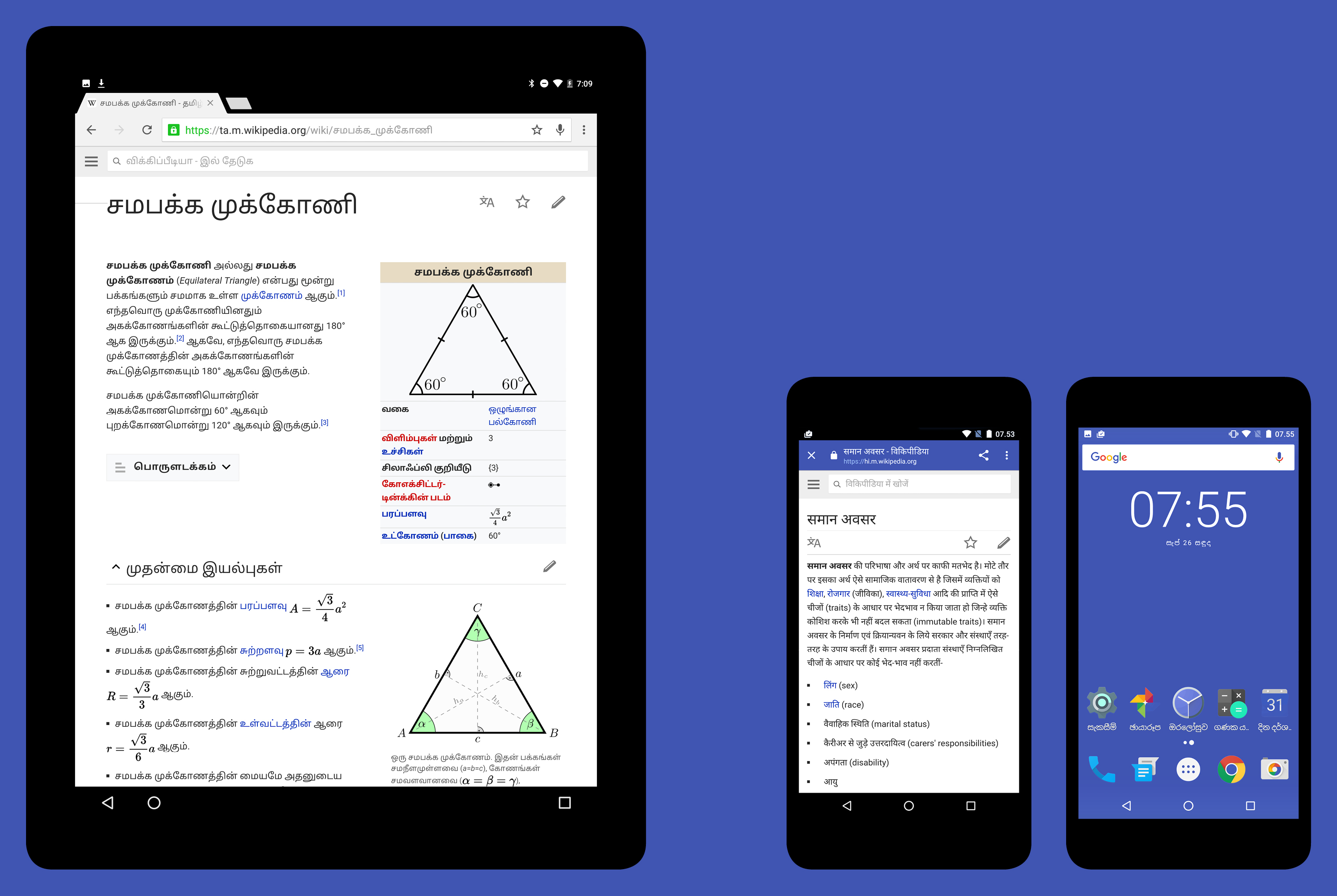


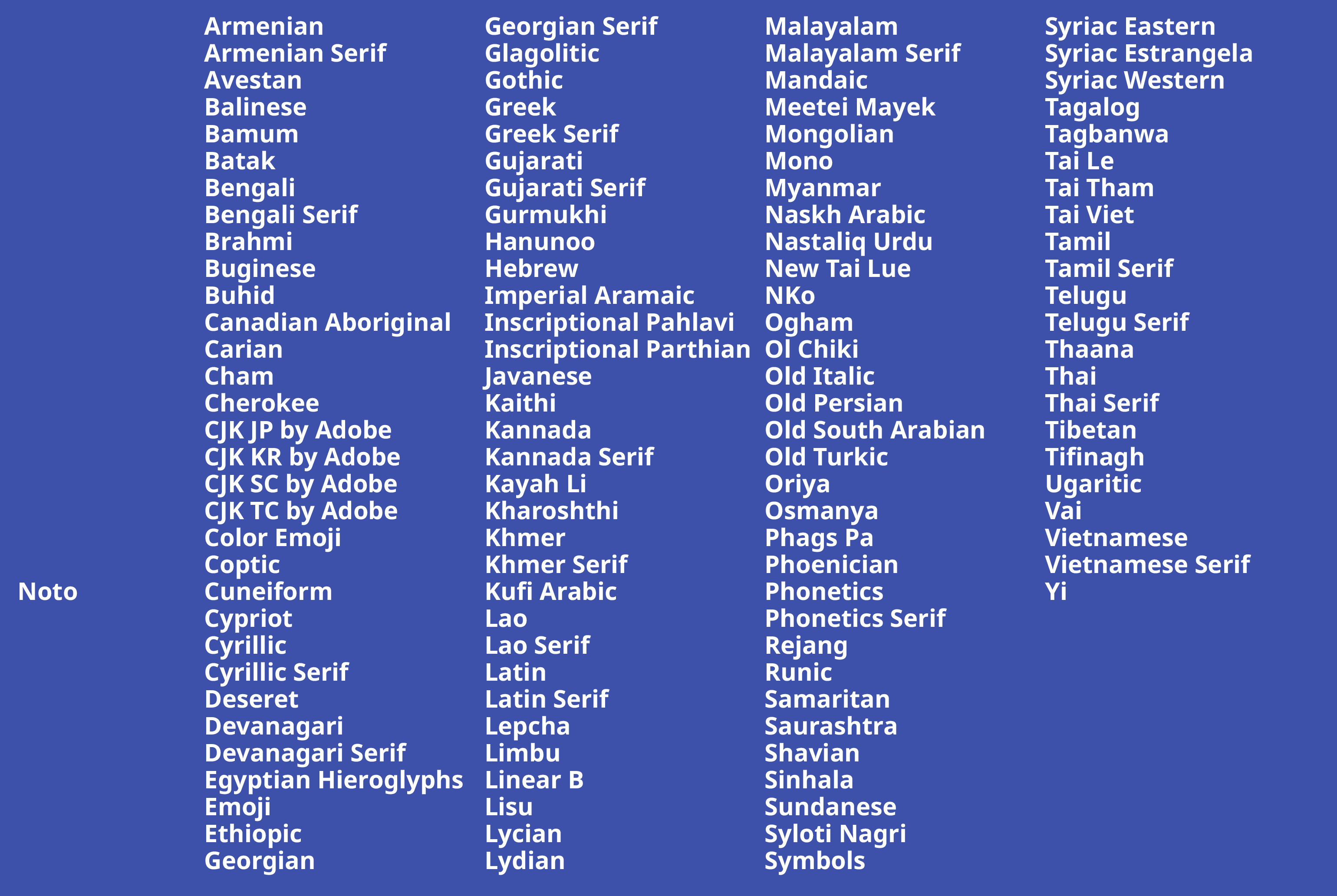


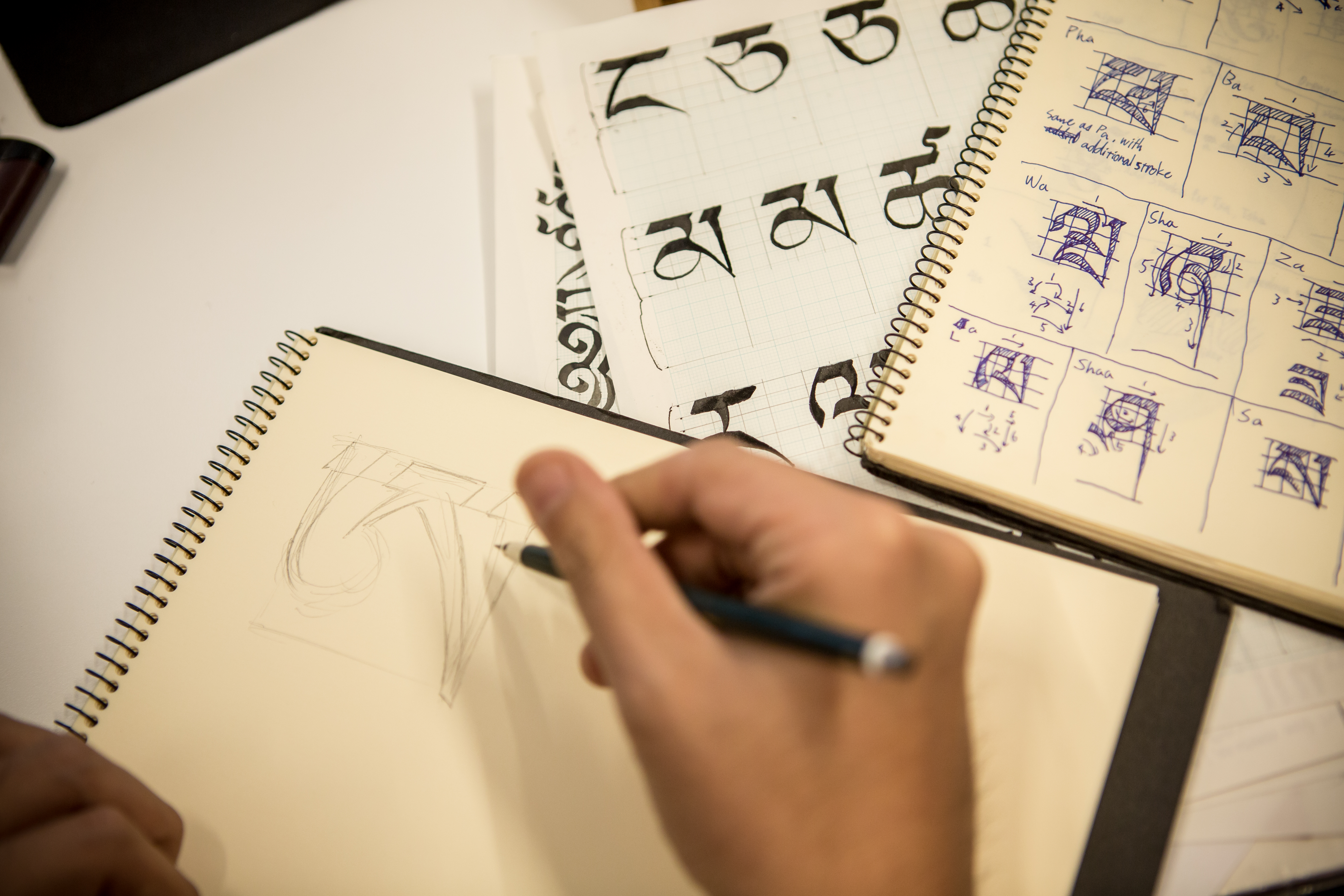


-
Post a comment




